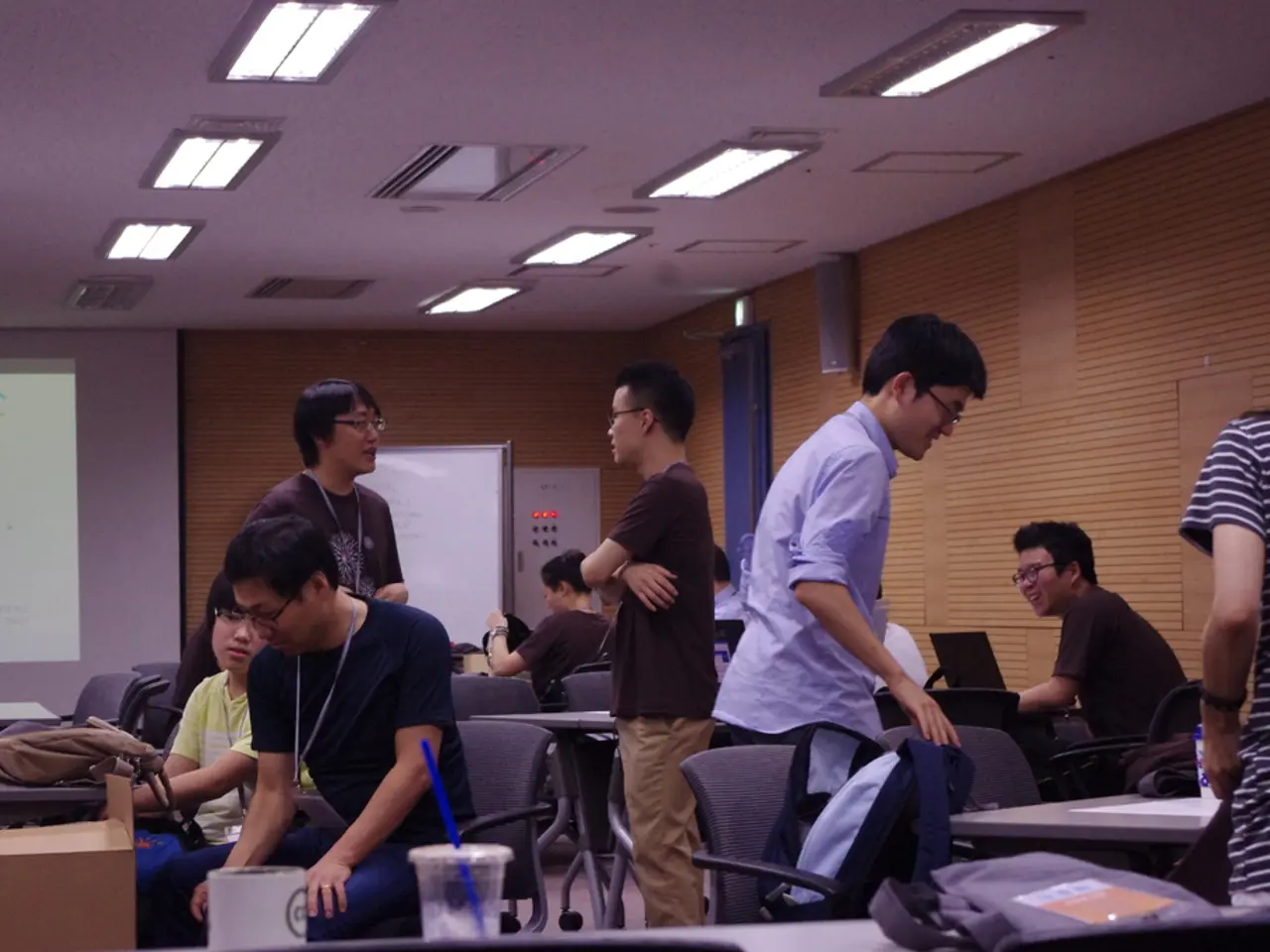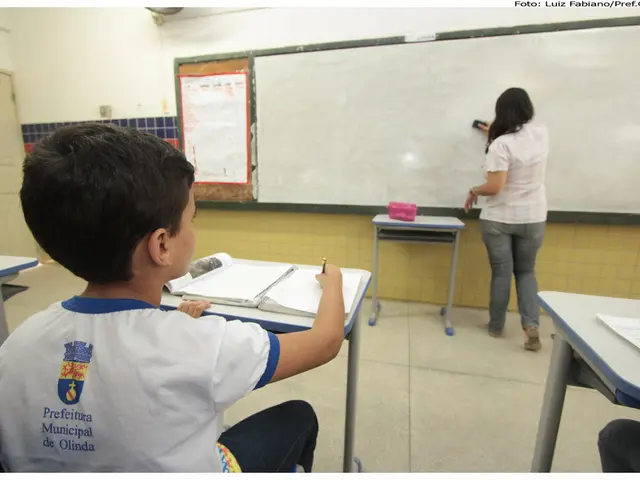Amplifying Learning by Fostering Cooperative Learning Opportunities in Education
Collaborative learning activities have become a popular instructional strategy in educational settings, fostering an engaging environment where students actively engage with one another. These activities promote social interactions, teamwork, and problem-solving as a group, leading to several benefits for both learners and educators.
The Power of Collaborative Learning
Collaborative learning activities are designed to encourage students to work together collectively in the learning process. By engaging in these activities, students can enhance their critical thinking skills, improve social interactions, and promote accountability and responsibility within group settings.
Best Practices for Designing Collaborative Learning Activities
Effective collaborative learning activities require careful consideration of several factors. Here are some best practices to consider:
- Start with a clear goal: Define specific, measurable objectives for the collaborative activity to guide learners and ensure the collaboration supports the learning outcomes.
- Use structured strategies: Employ proven cooperative learning techniques such as think-pair-share and jigsaw, which balance individual accountability and group interdependence.
- Clearly define roles and expectations: Assign specific roles within groups to increase accountability and focus, and communicate clear expectations for group behavior and task completion.
- Design interdependent tasks: Create activities that require genuine teamwork where students must rely on each other to succeed.
- Monitor and facilitate groups actively: Teachers or facilitators should circulate, observe, ask guiding questions, and provide timely feedback to keep groups on track and productive.
- Include reflection and peer feedback: Allow time after activities for groups to discuss how they worked together and for individual reflection through writing or surveys, promoting continuous improvement in collaboration skills.
- Create a supportive environment: Establish group norms or team rules that emphasize trust, respect, and open communication to foster a positive collaborative climate.
These practices can be adapted for various age groups and content areas, helping to build communication skills, interpersonal empathy, and deeper understanding through peer learning.
The Role of Technology in Collaborative Learning
Incorporating technology can further enhance collaborative learning activities. Tools like shared digital platforms and discussion forums provide a supportive environment for students, while multimedia tools such as shared presentation software and video conferencing applications can enrich the learning experience.
Future trends in collaborative learning activities include the integration of artificial intelligence and machine learning tools, the use of virtual reality and augmented reality, global collaboration, and a focus on sustainability and social responsibility.
Evaluating Collaborative Learning Activities
Evaluating the effectiveness of collaborative learning activities involves assessing various dimensions, with methods such as direct observation, peer assessments, self-reflective evaluations, and rubrics providing insights into learning processes. Ongoing assessment is vital for successful implementation, with methods that assess both individual contributions and group performance promoting accountability.
Conclusion
Collaborative learning activities enrich the academic experience and cultivate essential skills such as critical thinking and effective communication. By adhering to best practices and incorporating technology, educators can create engaging and effective collaborative learning experiences for their students.
Collaborative learning activities, a popular instructional strategy in education-and-self-development, are designed to leverage technology, such as shared digital platforms and discussion forums, to further enhance social interactions and encourage active learning. Effective design of collaborative e-learning activities includes creating interdependent tasks, defining roles and expectations, employing structured strategies like think-pair-share and jigsaw, and monitoring group progress actively for a successful learning environment.




